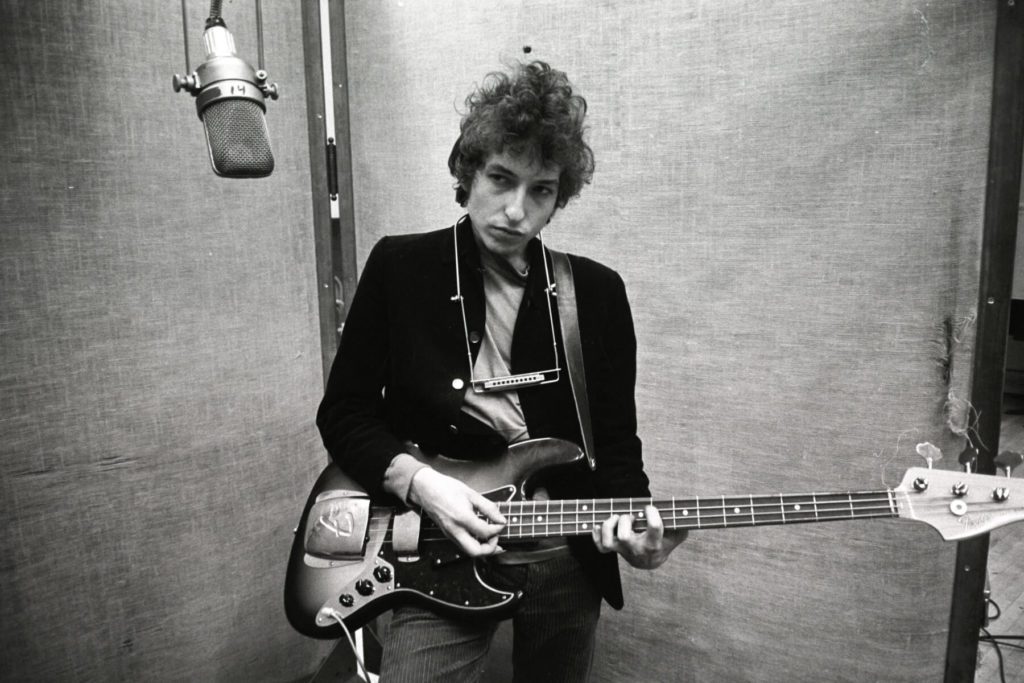Bob Dylan: Life Milestones and Social Impact
Introduction
Bob Dylan (born Robert Allen Zimmerman on May 24, 1941) is one of the most influential and enduring figures in music history. A singer-songwriter, poet, and cultural icon, Dylan’s career spans more than six decades. His work has profoundly shaped popular music and culture, blending folk, rock, blues, and country with deeply poetic lyrics. Dylan’s music is often credited with elevating the role of the songwriter as a cultural commentator, tackling social issues such as civil rights, war, and injustice.
Life Milestones
Early Life (1941-1959)
- Born: May 24, 1941, in Duluth, Minnesota.
- Raised: In Hibbing, Minnesota, Dylan grew up in a middle-class Jewish family.
- Musical Influences: Dylan was inspired by early rock ‘n’ roll legends like Elvis Presley, Little Richard, and Buddy Holly. He later immersed himself in American folk music, particularly the works of Woody Guthrie.
Career Beginnings (1960-1964)
- 1960: Moved to New York City, where he became a fixture in the Greenwich Village folk scene.
- 1962: Released his self-titled debut album, Bob Dylan, featuring traditional folk songs and two original tracks.
- 1963: Released The Freewheelin’ Bob Dylan, which included socially conscious songs like “Blowin’ in the Wind” and “A Hard Rain’s a-Gonna Fall.”
Political and Social Impact (1960s)
- Dylan’s early songs became anthems of the civil rights and anti-war movements.
- “Blowin’ in the Wind” became a rallying cry for the civil rights movement and was performed at the 1963 March on Washington.
- “The Times They Are A-Changin’” spoke to generational and societal shifts, capturing the spirit of the 1960s.
The Electric Revolution (1965-1966)
- 1965: Dylan shocked the folk world by going electric at the Newport Folk Festival, performing with a full rock band.
- Albums: Bringing It All Back Home (1965), Highway 61 Revisited (1965), and Blonde on Blonde (1966) are considered some of his most groundbreaking works, blending rock with poetic, surrealist lyrics.
- Iconic Tracks: “Like a Rolling Stone” is often cited as one of the greatest songs in music history.
The Late 1960s and Personal Transformation
- 1966: Dylan was involved in a mysterious motorcycle accident, which led him to withdraw from public life.
- 1967: Released John Wesley Harding, a quieter, country-inspired album, signaling a shift in his musical direction.
- Dylan’s focus shifted to more personal themes, including spirituality and family life.
Later Career and Continued Evolution (1970s-Present)
The 1970s: Continued Reinvention
- 1975: Released Blood on the Tracks, often considered one of his finest works, exploring themes of love, heartbreak, and existentialism.
- 1976: Released Desire, featuring politically charged songs like “Hurricane,” which highlighted racial injustice in the U.S. legal system.
The Gospel Period (1979-1981)
- Dylan experienced a religious conversion and released several Christian-themed albums, including Slow Train Coming (1979), which won him a Grammy for Best Male Rock Vocal Performance.
The 1980s and 1990s
- Dylan’s output in the 1980s was met with mixed reactions, but he remained a respected cultural figure.
- In 1988, he was inducted into the Rock and Roll Hall of Fame.
- Collaborated with George Harrison, Tom Petty, Roy Orbison, and Jeff Lynne in the supergroup The Traveling Wilburys.
The 2000s: Critical Revival
- Dylan experienced a career resurgence with albums like Time Out of Mind (1997), which won the Grammy Award for Album of the Year.
- Modern Times (2006) and Rough and Rowdy Ways (2020) continued to receive critical acclaim.
Awards and Honors
- Nobel Prize in Literature (2016): Dylan became the first songwriter to win the Nobel Prize for “having created new poetic expressions within the great American song tradition.”
- Pulitzer Prize Special Citation (2008): For his profound impact on music and culture.
- Multiple Grammy Awards: Including a Lifetime Achievement Award in 1991.
Social Impact
Civil Rights Movement
Dylan’s songs, particularly “Blowin’ in the Wind” and “The Times They Are A-Changin’,” became anthems for the civil rights movement. He performed at numerous civil rights events, including the March on Washington alongside Dr. Martin Luther King Jr.
Anti-War Movement
During the Vietnam War era, Dylan’s music became a voice of protest. Songs like “Masters of War” and “A Hard Rain’s a-Gonna Fall” criticized war and political corruption.
Influence on Songwriting
Dylan revolutionized songwriting by introducing complex, introspective, and socially conscious lyrics to popular music. His influence can be seen in the works of countless artists, including Bruce Springsteen, Leonard Cohen, Joni Mitchell, and The Beatles.
Cultural Icon
Dylan’s persona as a restless, ever-evolving artist has made him a symbol of artistic integrity. His refusal to conform to commercial expectations has inspired generations of musicians to prioritize creativity over fame.
Legacy
Bob Dylan’s legacy is immense, spanning music, literature, and activism. His work has shaped modern music, inspired social change, and challenged cultural norms. Dylan remains a timeless artist whose songs continue to resonate across generations.
YouTube Channel:
https://www.youtube.com/channel/UCnRI0ay61tY-fKYzzB3fCnw
References
- Rolling Stone Magazine. “The 100 Greatest Songwriters of All Time.”
- Heylin, Clinton. Bob Dylan: Behind the Shades Revisited.
- Marcus, Greil. Like a Rolling Stone: Bob Dylan at the Crossroads.
- NobelPrize.org. “Bob Dylan – Nobel Prize in Literature 2016.”
- Rock and Roll Hall of Fame. “Inductees: Bob Dylan.”


Leave a Reply